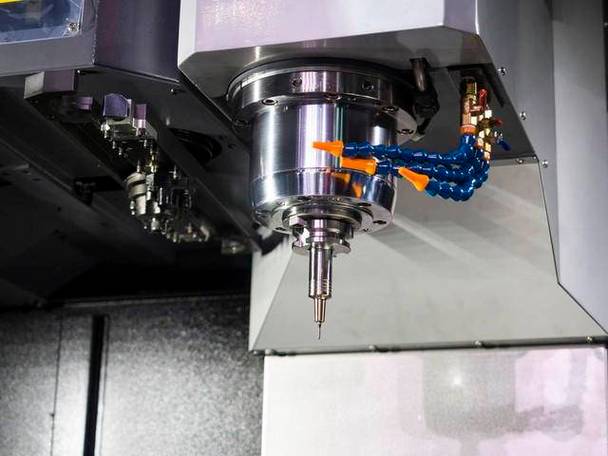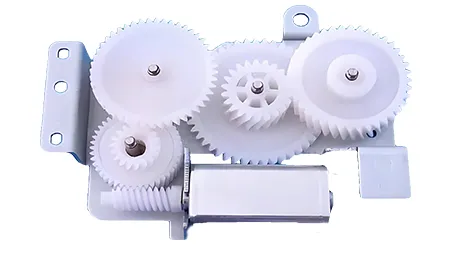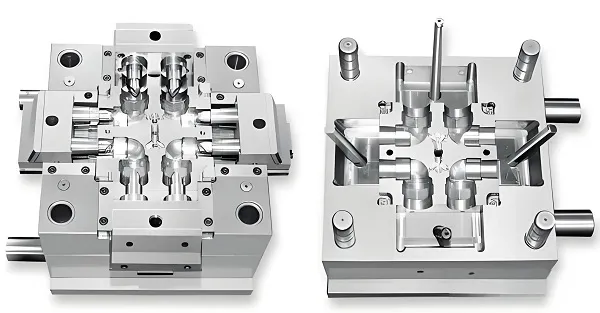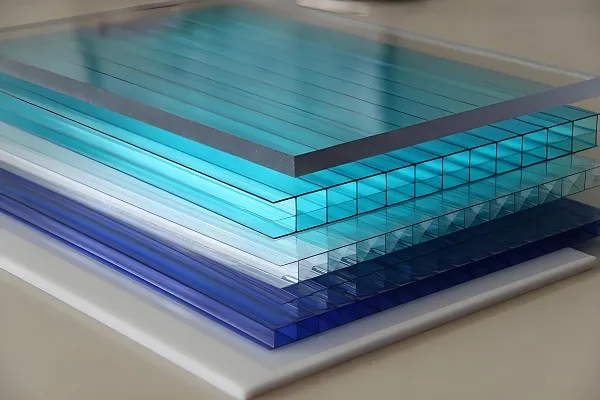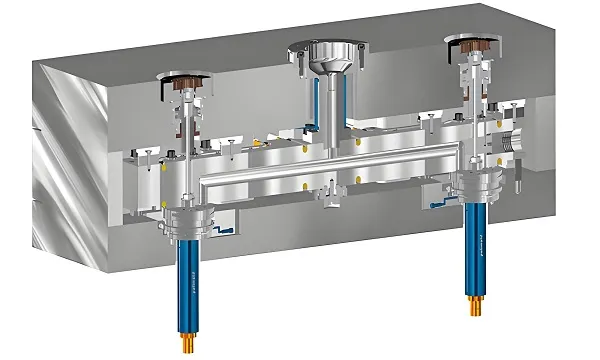1. Basic Cognition: Definition and Classification of Turning Cycles
CNC turning cycles are programming tools that encapsulate “repeated cutting actions” (such as tool – feed, cutting, and tool – retraction during rough turning) into fixed instructions. Their core value lies in simplifying the amount of code, reducing programming errors, and improving machining efficiency. According to processing requirements, mainstream cycles can be divided into four major categories, covering over 95% of turning scenarios (Source: 2025 CNC Turning Programming Standards Report).
|
Cycle Type
|
Core Function
|
Typical Application Scenario
|
Industry Adoption Rate (2025)
|
Key G-Codes (FANUC)
|
|
Rough Turning
|
Remove 80-90% of excess material with automatic feed adjustment
|
Shafts, bushings (large material allowance)
|
98% (all CNC lathes)
|
G71, G72
|
|
Finish Turning
|
Achieve final dimensions/ surface roughness based on rough turning contour
|
Precision parts (IT6-IT8 tolerance)
|
98% (all CNC lathes)
|
G70
|
|
Thread Turning
|
Automatically complete multi-pass thread cutting (external/ internal threads)
|
Bolts, nuts, threaded shafts
|
85% (machining with threads)
|
G76, G32
|
|
Special Cycles
|
Machining grooves, tapers, or eccentric surfaces with fixed logic
|
Grooved shafts, conical parts
|
60% (complex parts)
|
G73 (pattern repeating), G75 (groove cutting)
|
2. In-Depth Analysis of Core Turning Cycles
A. G71: Rough Turning Cycle (External/ Internal Diameter)
- Core Principle: Automatically completes radial multi-pass cutting (feed in X-direction → cut in Z-direction → retract) to remove excess material, suitable for cylindrical/ stepped parts.
- Critical Parameters (FANUC Format):
|
Parameter
|
Meaning
|
Example Value
|
|
Δd
|
Rough turning depth per pass (radial, positive value)
|
2mm
|
|
r
|
Retract amount after each rough pass (radial, positive value)
|
1mm
|
|
ns
|
Start line number of finish contour (Nxx)
|
N10
|
|
nf
|
End line number of finish contour (Nxx)
|
N20
|
|
Δu
|
Finish allowance in X-direction (radial, double the actual allowance)
|
0.2mm (actual 0.1mm)
|
|
Δw
|
Finish allowance in Z-direction (axial)
|
0.1mm
|
|
f
|
Feed rate for rough turning
|
0.2mm/rev
|
- Practical Example (Rough Turning a φ50×100mm Shaft):
B. G70: Finish Turning Cycle (Matching G71/G72)
- Core Principle: Follows the finish contour (ns-nf) defined in rough cycles (G71/G72) to complete single-pass precision cutting, ensuring dimensional accuracy.
- Critical Parameters (FANUC Format):
-
- Only needs to reference the start (ns) and end (nf) lines of the finish contour (no additional depth/allowance parameters).
- Practical Example (Finish Turning the φ50×100mm Shaft):
- Key Note: The feed rate for finish turning is set in the finish contour (e.g., G01 F0.1 in N10-N20) to ensure surface roughness (Ra ≤ 1.6μm for aluminum).
C. G72: Face Rough Turning Cycle (End Face Machining)
- Core Principle: Similar to G71, but cutting direction is radial-first (Z-direction feed → X-direction cutting), suitable for parts with large end face areas (e.g., flanges).
- Critical Parameters (FANUC Format):
-
- Δd: Axial rough turning depth per pass (vs. radial in G71).
- Practical Example (Rough Turning a 20mm-Thick Flange End Face):
D. G76: Thread Turning Cycle (Precision Threads)
- Core Principle: Automatically calculates thread depth and number of passes (based on thread pitch), supports external/internal threads, and reduces thread deformation via “incremental depth reduction”.
- Critical Parameters (FANUC Format):
|
Parameter
|
Meaning
|
Example (M20×2 Thread)
|
|
m
|
Number of thread finishing passes (1-99)
|
2
|
|
r
|
Thread tip radius (0-99, 0.1×r mm)
|
3 (0.3mm radius)
|
|
a
|
Thread angle (60° for metric, 55° for imperial)
|
60
|
|
Δdmin
|
Minimum cutting depth per pass (to avoid tool breakage)
|
0.1mm
|
|
d
|
Wear allowance (usually 0)
|
0
|
|
X(u)
|
Final X-dimension (external thread: X=thread minor diameter)
|
X17.2 (M20 minor dia=17.2)
|
|
Z(w)
|
Final Z-dimension (thread length)
|
Z-30
|
|
i
|
Taper thread lead (0 for straight threads)
|
0
|
|
k
|
Thread effective depth (0.613×pitch for metric threads)
|
1.226mm (0.613×2)
|
|
Δd
|
First pass cutting depth
|
0.3mm
|
|
f
|
Thread pitch
|
2mm
|
- Practical Example (External M20×2 Thread):
3. Key Technologies for Cycle Application
A. Parameter Optimization for Different Materials
- Aluminum Alloys (6061-T6):
-
- G71 Δd=2-3mm (high ductility, large depth allowed), F=0.2-0.3mm/rev, S=2000-3000r/min.
- Carbon Steel (45#):
-
- G71 Δd=1.5-2mm (higher hardness), F=0.15-0.2mm/rev, S=1000-1500r/min.
- Stainless Steel (304):
-
- G71 Δd=1-1.5mm (easy work hardening), F=0.1-0.15mm/rev, S=800-1200r/min.
- Data Support: Optimizing Δd and F for 45# steel reduces rough turning time by 25% (Source: CNC Material Machining Parameter Guide 2025).
B. Cycle Linkage with Axes (C-Axis Collaboration)
- Scenario: Rough turning (G71) + C-axis indexing + milling keyway (G01) for a shaft with keyway.
- Key Logic: Complete G71/G70 first to ensure shaft concentricity, then use C-axis to position keyway angle—avoiding deformation from milling first.
- Program Snippet:
C. Avoiding Common Cycle Errors
- Contour Continuity (ns-nf): The finish contour (N10-N20) must be continuous (no jumps). For example, G00 X50 Z0 → G01 Z-100 is valid, but G00 X50 Z0 → G01 X45 Z-5 (discontinuous X-Z) causes alarms.
- Safe Retract (U/W Allowance): Ensure Δu (X-finish allowance) is ≥ tool radius (e.g., 0.2mm for φ10mm turning tool) to avoid tool collision with finished surfaces.
4. Practical Case: Machining a Stepped Shaft with Thread (G71+G70+G76)
Step 1: Process & Cycle Assignment
|
Process
|
Cycle Used
|
Core Task
|
|
Rough Turning
|
G71
|
Remove excess material from main body + step
|
|
Finish Turning
|
G70
|
Ensure φ50/φ40 dimensions (IT7 tolerance)
|
|
Thread Turning
|
G76
|
Machine M20×2 external thread
|
Step 2: Equipment & Parameters
- Tools: T0101 (external turning tool), T0202 (thread tool, 60°).
- Parameters:
-
- Rough Turning: G71 U2 R1, F0.2mm/rev, S1800r/min.
-
- Finish Turning: G70, F0.1mm/rev, S2500r/min.
-
- Thread Turning: G76 P020360 Q0.1, F2mm.
Step 3: Complete Program Snippet (Key Cycles Highlighted)
Step 4: Cycle Verification
- Rough Cycle Check: Use machine simulation to confirm G71 does not collide with the chuck (X55 > chuck diameter φ50).
- Thread Cycle Check: Measure thread pitch with a thread gauge (2mm) and minor diameter with a micrometer (17.2±0.02mm).
5. Common Cycle-Related Problems & Solutions
1. G71 Vibration (Rough Turning)
- Cause: Δd (rough depth) is too large (e.g., 3mm for 45# steel) or spindle speed is too low (S<800r/min).
- Solution:
-
- Reduce Δd to 1.5-2mm for steel; increase S to 1200-1500r/min.
-
- Use a tool holder with higher rigidity (e.g., carbide tool holder vs. steel) to reduce vibration.
2. G76 Thread Chaos (Incorrect Pitch)
- Cause: F (thread pitch) is set incorrectly (e.g., F1.5 for M20×2) or thread start position (Z) is inconsistent.
- Solution:
-
- Confirm F matches thread pitch (M20×2 → F2); use G98 (mm/min) if needed, but G99 (mm/rev) is standard for threads.
-
- Set thread start Z to ≥2mm (e.g., Z2) to avoid incomplete first thread.
3. G70 Finish Surface Scratches
- Cause: Δu (X-finish allowance) is too small (e.g., 0.1mm < tool radius 0.2mm) or coolant is insufficient.
- Solution:
-
- Set Δu ≥ tool radius + 0.05mm (e.g., 0.25mm for 0.2mm tool radius).
-
- Check coolant flow (ensure it covers the cutting area) to reduce friction.
6. Q&A: High-Frequency Questions About Turning Cycles
Q1: Can G71 be used for internal hole turning?
- Yes—adjust the contour direction: For a φ30×50mm internal hole, set the finish contour to N10 G00 X32 Z2 → G01 X30 Z0 → Z-50 (X decreases to machine internal surface). The G71 format remains the same, but ensure the tool is an internal boring bar.
Q2: What’s the difference between G76 and G32 (single-point thread turning)?
- G76: Automatic multi-pass cutting (calculates depth/passes), suitable for precision threads (IT6-IT8) and large batches.
- G32: Manual single-pass cutting (needs to program each pass depth), suitable for small-batch or special threads (e.g., taper threads).
Q3: How to modify cycle parameters for small-batch production?
- For batches <10 parts, prioritize speed over tool life: Increase G71 Δd to 2-2.5mm (reduce passes) and S by 10-15%—this cuts cycle time by 15% without significant tool wear.

